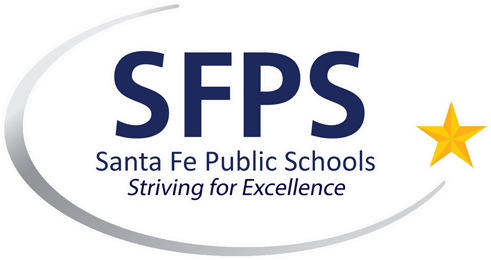World Language Instruction
The purpose of the American Council on the Teaching of Foreign Languages (ACTFL)’s world readiness standards for learning languages, as reflected herein, is to ensure all K - 12 students are prepared with 21st - century skills that will enable success in college, careers, and within local and global multilingual communities.
6.29.8.8 GRADES K - 12, World Readiness standards For Learning Languages, COMMUNICATION:
A. Interpersonal communication: Learners interact and negotiate meaning in spoken, signed, or written conversations to share information, reactions, feelings, and opinions.
B. Interpretative communication: Learners understand, interpret, and analyze what is heard, read, or viewed on a variety of topics.
C. Presentational communication: Learners present information, concepts, and ideas to inform, explain, persuade, and narrate on a variety of topics using appropriate media and adapting to various audiences of listeners, readers, or viewers.
[6.29.8.8 NMAC – Rp, 6.29.8.8 NMAC, 07/01/2018]
6.29.8. GRADES K - 12, World Readiness standards For Learning Languages, CULTURES:
A. Relating cultural practices to perspectives: Learners use the language to investigate, explain, and reflect on the relationship between practices and perspectives of the cultures studied.
B. Relating cultural products to perspectives: Learners use the language to investigate, explain, and reflect on the relationship between the products and perspectives of the culture studied.
[6.29.8.9 NMAC – Rp, 6.29.8.9 NMAC, 07/01/2018]
6.29.10. GRADES K - 12, World Readiness standards For Learning Languages, CONNECTIONS:
A. Making connections: Learners build, reinforce, and expand their knowledge of other disciplines while using the language to develop critical thinking to solve problems creatively.
B. Acquiring information and diverse perspectives: Learners access and evaluate information and diverse perspectives that are available through the language and its cultures.
[6.29.8.10 NMAC – Rp, 6.29.8.10 NMAC, 07/01/2018]
6.29.11. GRADES K - 12, World Readiness standards For Learning Languages, COMPARISONS:
A. Language comparisons: Learners use the language to investigate, explain, and reflect on the nature of language through comparisons of the language studied and their own.
B. Cultural comparisons: Learners use the language to investigate, explain, and reflect on the concept of culture through comparisons of the cultures studied and their own.
[6.29.8.11 NMAC – N, 07/01/2018]
6.29.12. GRADES K - 12, World Readiness standards For Learning Languages, COMMUNITIES:
A. School and global communities: Learners use the language both within and beyond the classroom to interact and collaborate in their community and the globalized world.
B. Lifelong learning: Learners set goals and reflect on their progress in using languages for enjoyment, enrichment, and advancement.
[6.29.8.12 NMAC – N, 07/01/2018]
